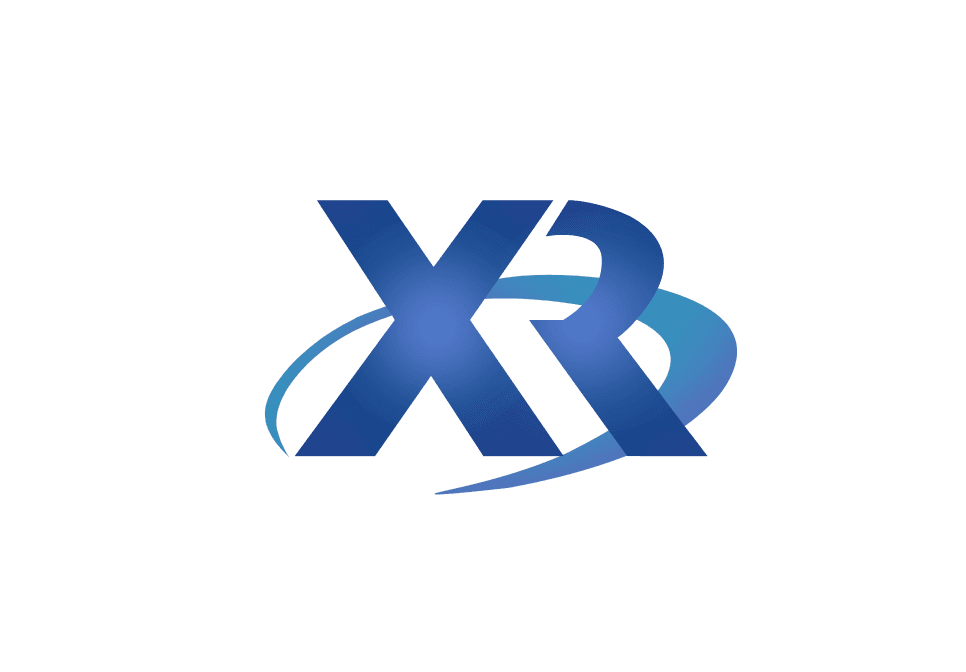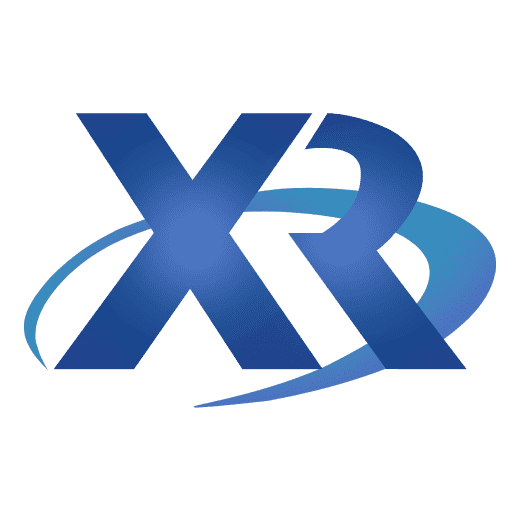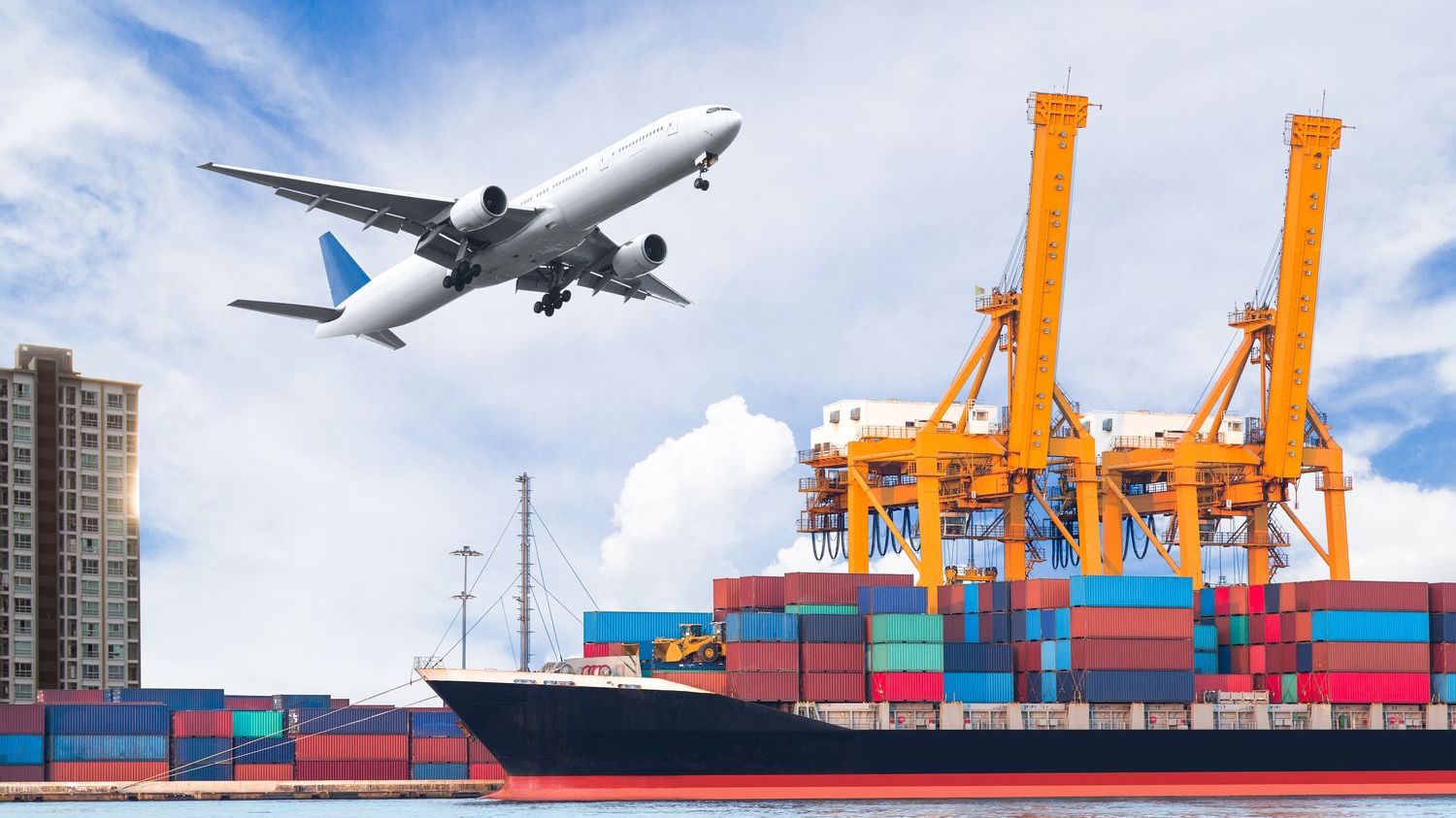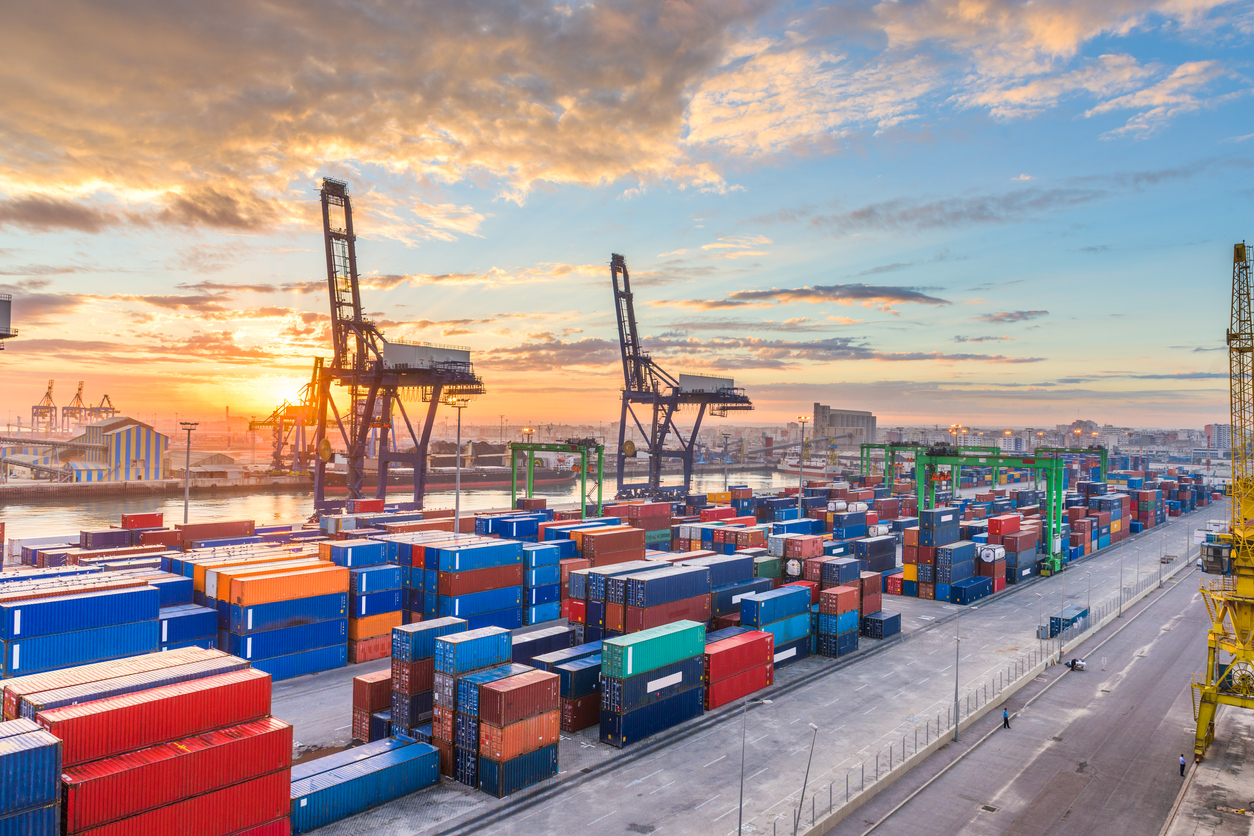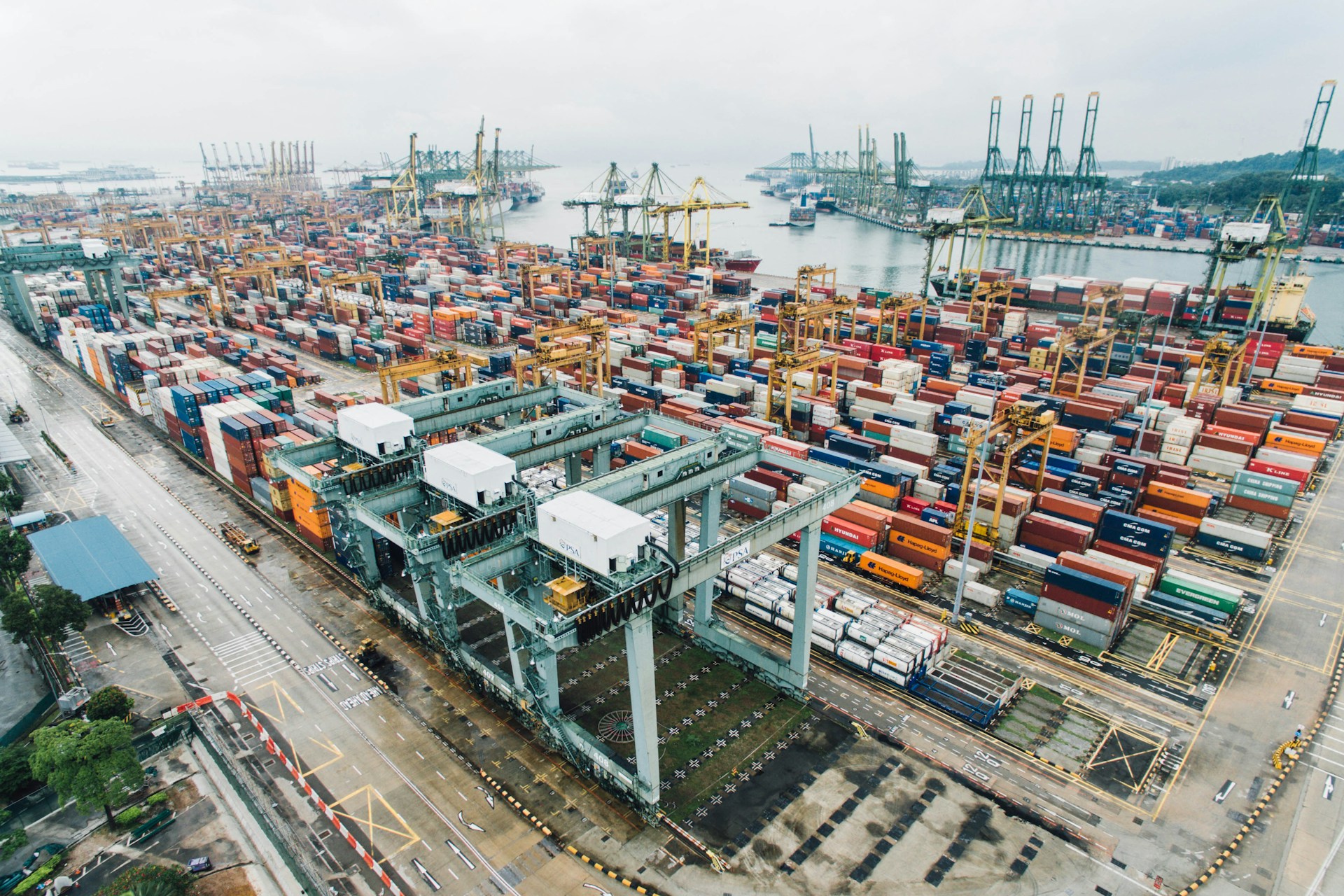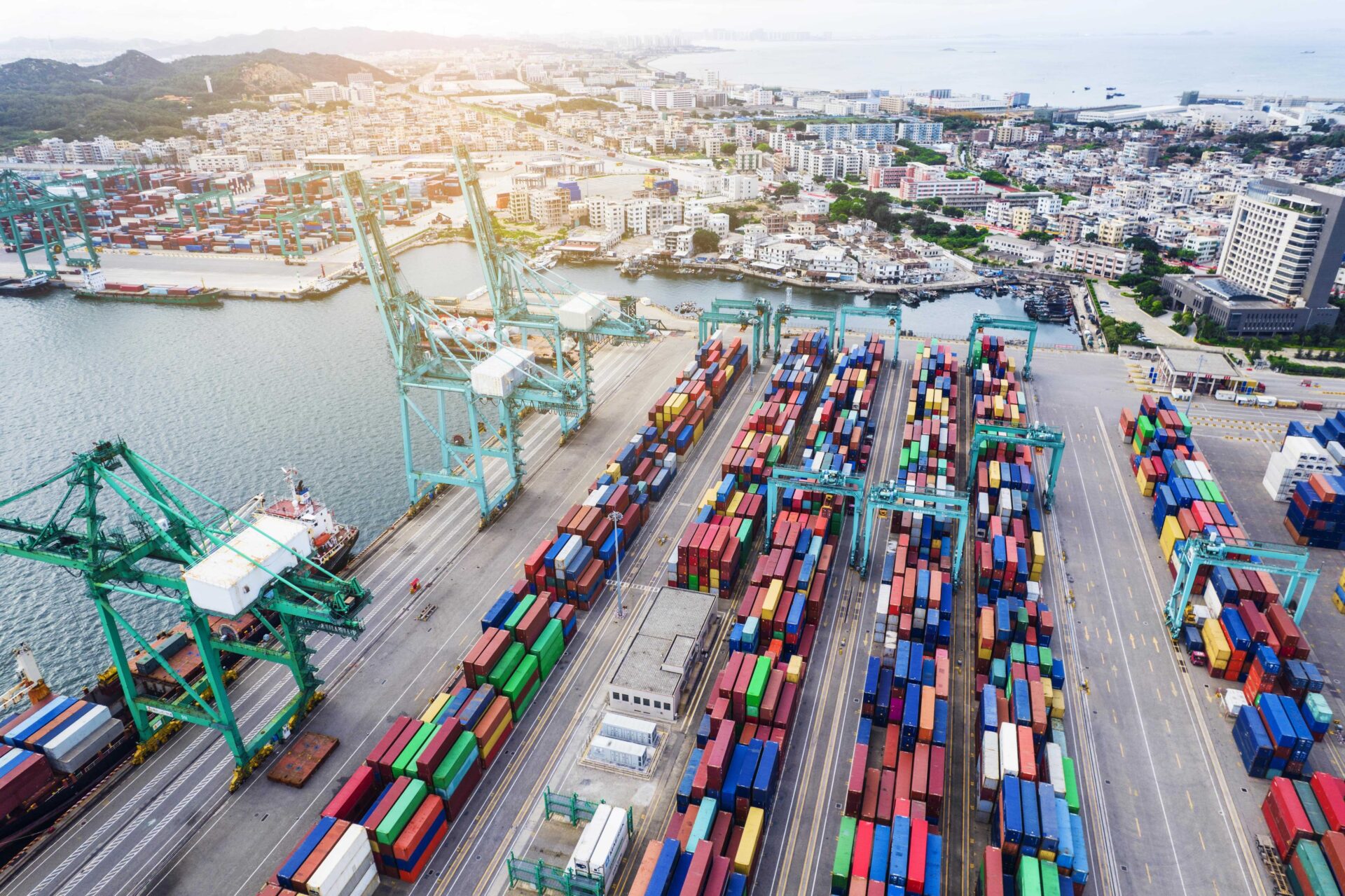When it comes to shipping goods, understanding the terms FOB Shipping Point and FOB Destination is crucial for businesses. These terms dictate when ownership of goods transfers from the seller to the buyer, impacting financial records and logistics planning. To distinguish between FOB Shipping Point and FOB Destination, one must consider where the responsibility for the shipment shifts. At FOB Shipping Point, the buyer assumes ownership as soon as the goods leave the seller’s location. Conversely, at FOB Destination, ownership transfers only once the goods arrive at the buyer’s specified location. This distinction significantly affects how companies manage their supply chains and choose reliable partners like XRGLOBAL, which specializes in optimizing international trade processes.
FOB stands for “Free On Board,” a term used in international commerce to indicate when risk and responsibility transfer from the seller to the buyer. In FOB Shipping Point transactions, the buyer takes ownership of the goods immediately upon their departure from the seller’s premises. This means that any risks or damages occurring during transit fall on the buyer. Additionally, the buyer is responsible for paying freight charges unless otherwise agreed upon. Companies opting for this arrangement often prefer it because they gain control over the shipment earlier, allowing them to monitor progress closely and make necessary adjustments if needed.
On the other hand, FOB Destination signifies that the seller retains ownership until the goods reach their final destination—the buyer’s location. Under this agreement, the seller bears all transportation costs and risks associated with moving the items safely to the buyer. Once delivered, ownership shifts to the buyer who then assumes responsibility for any subsequent issues. Businesses might choose FOB Destination when they want assurance that their products will arrive undamaged before transferring liability. It also provides an opportunity for sellers to negotiate better shipping rates due to volume discounts or established relationships with carriers.
Distinguishing between FOB Shipping Point and FOB Destination involves evaluating several factors beyond just timing of ownership transfer. For instance, insurance considerations play a critical role since each party needs to ensure adequate coverage based on when they assume responsibility. Moreover, documentation requirements differ; under FOB Shipping Point, invoices are typically issued sooner compared to FOB Destination where billing occurs after delivery confirmation. Another important aspect relates to dispute resolution—understanding which party holds legal standing regarding claims about lost or damaged goods depends heavily on whether FOB Shipping Point or FOB Destination applies.
Incorporating technology into supply chain management can greatly enhance efficiency regardless of whether you operate under FOB Shipping Point or FOB Destination agreements. Here’s where brands like XRGLOBAL come into play. XRGLOBAL offers cutting-edge solutions tailored specifically for global traders seeking streamlined operations across borders. Their platform integrates seamlessly with existing systems while providing real-time tracking capabilities essential for monitoring shipments accurately. Whether managing inventories under FOB Shipping Point conditions or ensuring timely deliveries under FOB Destination setups, XRGLOBAL ensures transparency throughout every step of the process.
For businesses operating internationally, selecting appropriate FOB terms becomes even more complex given varying regulations and cultural differences among countries involved. Some regions may favor one type over another depending on historical trading practices or local laws governing commercial transactions. Therefore, having access to expert advice through platforms such as XRGLOBAL proves invaluable. They offer comprehensive guidance helping clients navigate potential pitfalls related to customs clearance procedures, tax implications, and compliance standards unique to different jurisdictions worldwide.
Furthermore, leveraging data analytics provided by XRGLOBAL enables organizations to analyze past performance metrics tied directly to chosen FOB arrangements. By examining patterns emerging from previous shipments conducted under either FOB Shipping Point or FOB Destination frameworks, decision-makers gain insights necessary to refine future strategies effectively. Such analysis helps identify cost-saving opportunities, improve customer satisfaction levels, and strengthen competitive positioning within respective markets served globally.
Another advantage offered by XRGLOBAL lies in its ability to connect diverse stakeholders participating in cross-border trades effortlessly. From manufacturers producing raw materials to end consumers purchasing finished goods, everyone benefits from enhanced communication facilitated via XRGLOBAL’s robust infrastructure. As part of distinguishing between FOB Shipping Point and FOB Destination correctly, maintaining open lines of dialogue ensures all parties involved remain aligned concerning expectations around timelines, quality standards, and payment terms.
Finally, adopting environmentally sustainable practices has become increasingly important in today’s business environment. Both FOB Shipping Point and FOB Destination scenarios present opportunities for reducing carbon footprints associated with transporting goods long distances. With XRGLOBAL’s assistance, companies can explore alternative modes of transport, optimize routing options, and implement eco-friendly packaging materials without compromising service quality expected by customers demanding fast yet responsible deliveries.
In summary, distinguishing between FOB Shipping Point and FOB Destination requires careful consideration of multiple elements affecting both operational and financial aspects of conducting business. While FOB Shipping Point places immediate ownership responsibilities onto buyers, FOB Destination delays this transition until successful delivery completion. Regardless of preference, integrating advanced technologies supplied by trusted providers like XRGLOBAL empowers enterprises to achieve greater efficiencies, reduce uncertainties inherent in global supply chains, and ultimately deliver superior value propositions to their valued clientele.
